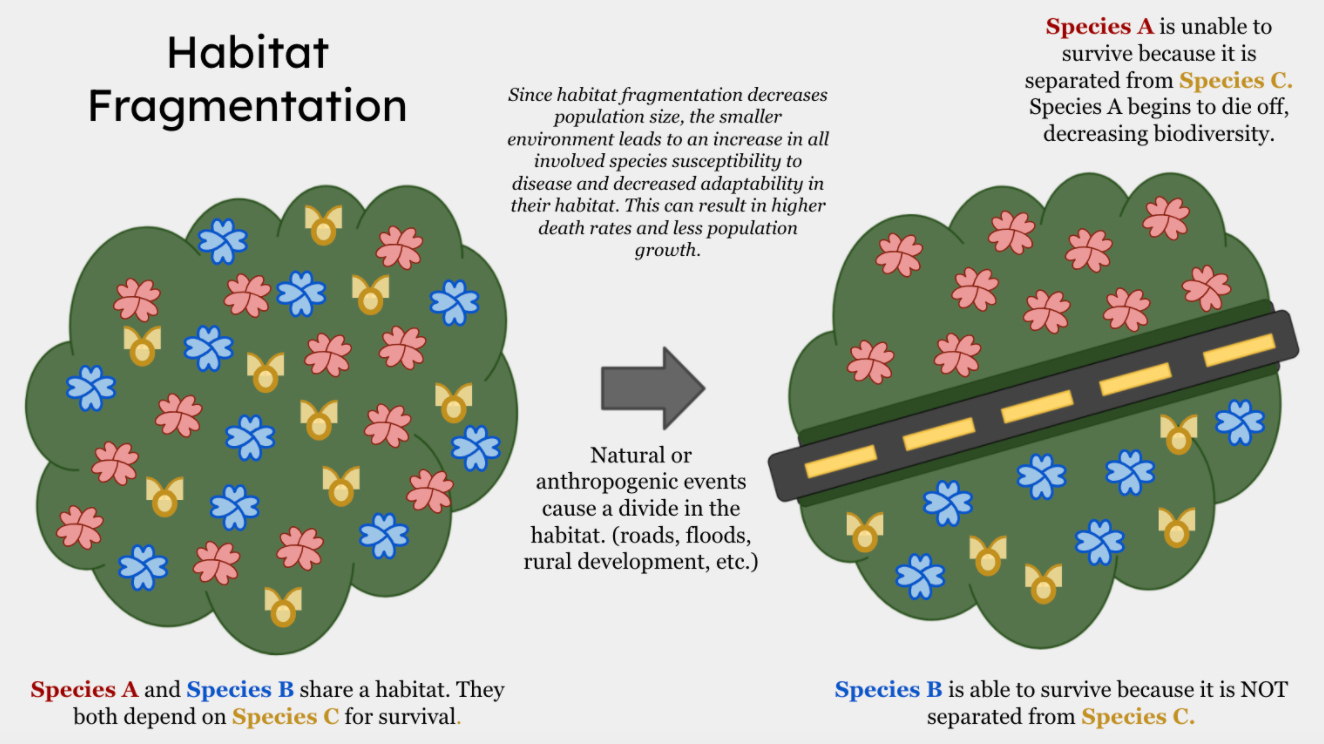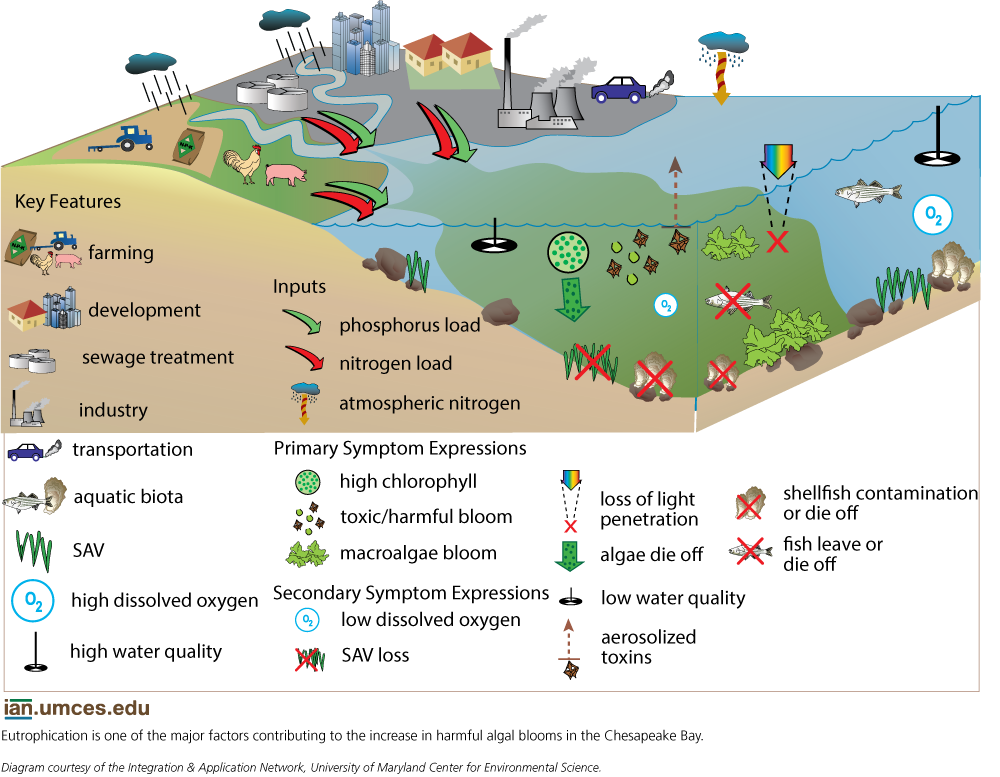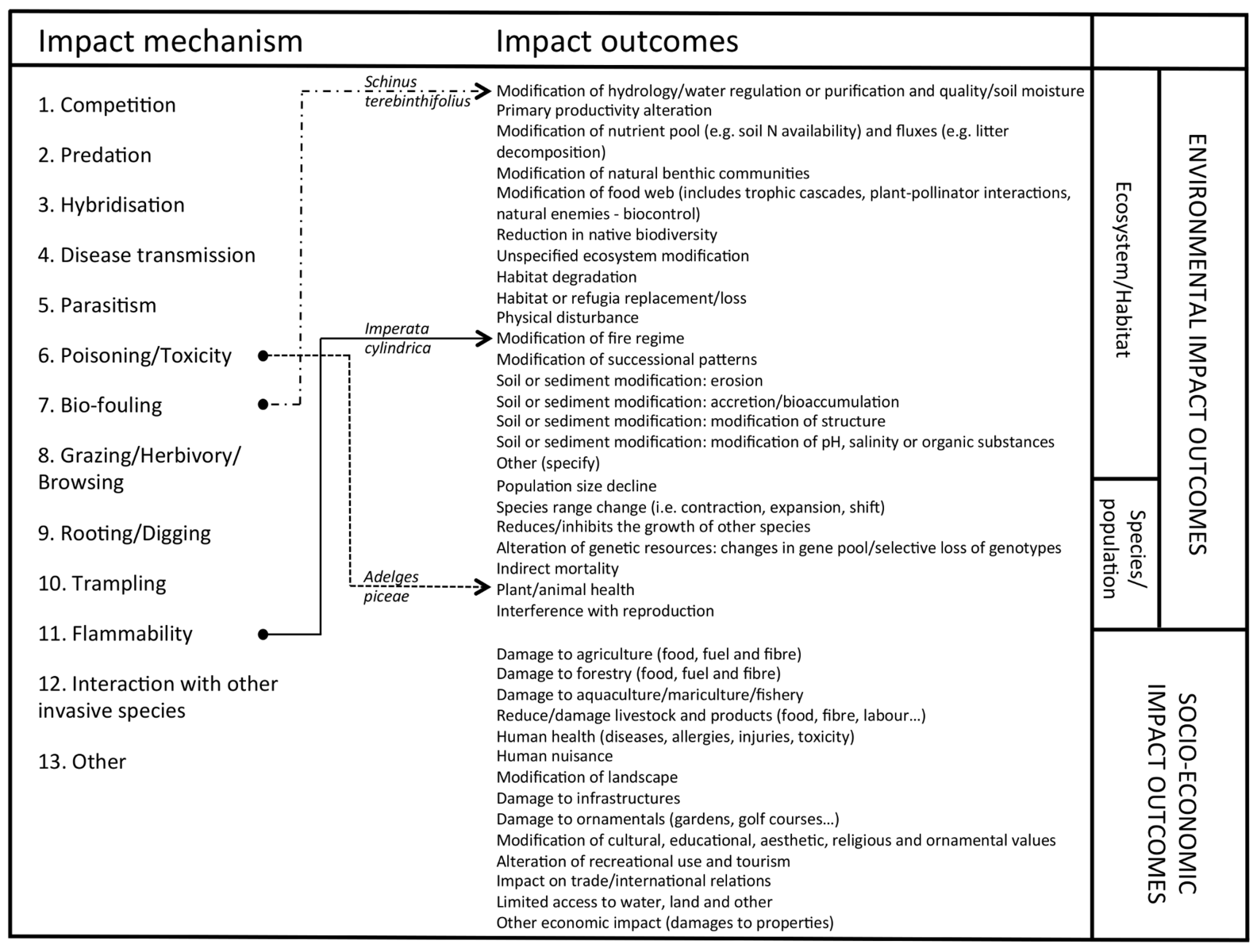IB Syllabus focus:
‘Direct threats: overharvesting, poaching, illegal pet trade. Indirect threats: habitat loss, climate change, pollution, invasive alien species.’
Biodiversity is under threat worldwide, with species and ecosystems facing pressure from both direct and indirect drivers. Understanding these drivers is essential for conservation strategies.
Direct Drivers of Biodiversity Loss
Overharvesting
Overharvesting refers to the removal of individuals from wild populations at rates faster than they can naturally replenish.
Examples include unsustainable logging, overfishing, and plant collection.
It reduces population sizes, genetic diversity, and can destabilise ecosystems by removing key species.
Overharvesting: The extraction of individuals from wild populations at levels exceeding the natural rate of replacement.
This practice often leads to population collapse, particularly in species with slow reproduction rates, such as whales, sturgeons, or hardwood trees.
Poaching
Poaching is the illegal hunting or capturing of wildlife for commercial gain.
Target species include elephants (ivory), rhinos (horns), and tigers (skins, bones).
It reduces population numbers, disrupts ecological roles, and can drive species towards extinction.
It is often linked to organised crime networks and weak enforcement of environmental laws.
Illegal Pet Trade
The illegal pet trade removes wild animals from their natural habitats to be sold domestically or internationally.
Species affected include parrots, reptiles, amphibians, and exotic fish.
Collecting individuals reduces wild populations and threatens ecosystem balance.
Trade also spreads diseases to both wild and captive populations.
Indirect Drivers of Biodiversity Loss
Habitat Loss
Habitat loss is the destruction, fragmentation, or degradation of natural environments due to human activity.
Common causes: deforestation, urbanisation, agriculture, and mining.
Leads to smaller, isolated populations more vulnerable to extinction.
Reduces the range available for species survival and reproduction.

Diagram showing progressive habitat fragmentation, with notes on causes and consequences such as edge effects, isolation, and reduced gene flow that elevate extinction risk. The visual clarifies how patch size and connectivity influence population viability and ecosystem functions. Labels align with syllabus-level mechanisms without adding unnecessary detail. Source.
Habitat loss: The process whereby natural habitats are altered or destroyed to the extent that they can no longer support the species that live there.
Climate Change
Climate change modifies temperature, rainfall, and seasonal cycles, creating mismatches between species and their environments.
Alters migration patterns, breeding cycles, and availability of food.
Species unable to adapt or migrate may face extinction.
Coral reefs, polar ecosystems, and alpine regions are especially vulnerable.
Pollution
Pollution impacts biodiversity through toxins, waste, and environmental degradation.
Air pollution: acid rain damages forests and freshwater systems.
Water pollution: eutrophication leads to dead zones in lakes and oceans.

Conceptual diagram of eutrophication, tracing nutrient enrichment to algal blooms, decomposition, and oxygen depletion (hypoxia) that reduces aquatic biodiversity. The process steps directly support the driver–impact chain described in the notes. This version references Chesapeake Bay; the place-specific context is extra detail, but the process shown is generalisable. Source.
Soil pollution: heavy metals and chemicals reduce fertility and disrupt ecosystems.
Plastic pollution: entangles wildlife and contaminates food chains.
Invasive Alien Species
Invasive alien species (IAS) are organisms introduced by humans, intentionally or accidentally, into ecosystems where they are not native.

Conceptual scheme from the Global Invasive Species Database (IUCN–ISSG) linking IAS mechanisms (predation, competition, disease transmission, biofouling) to environmental outcomes (e.g., modified fire regimes, hydrology, or native population declines). It aligns with the notes’ emphasis on how invasives reduce biodiversity via competition, predation and pathogens. The figure also alludes to classification (EICAT), which is additional context not required by the syllabus. Source.
Outcompete native species for food, water, and habitat.
Predate on native species or introduce pathogens.
Examples: zebra mussels in North America, cane toads in Australia, grey squirrels in the UK.
Invasive alien species: Non-native species introduced into a new ecosystem that establish, spread, and cause harm to native biodiversity, ecosystem services, or human livelihoods.
Interaction of Direct and Indirect Drivers
Drivers rarely act in isolation. For example:
Overharvesting combined with habitat loss accelerates population decline.
Climate change makes ecosystems more vulnerable to invasive species.
Pollution weakens species resilience, intensifying the impacts of poaching and trade.
This layering of pressures reduces ecosystem resilience, defined as the ability to resist and recover from disturbance.
Key Points for IB ESS Students
Direct drivers: overharvesting, poaching, and illegal pet trade.
Indirect drivers: habitat loss, climate change, pollution, and invasive alien species.
Interactions between drivers amplify biodiversity loss, making conservation more complex.
Understanding these processes helps evaluate conservation strategies at local, regional, and global scales.
FAQ
Overharvesting often removes key species that hold a central role in food webs. For example, overfishing predatory fish can cause smaller fish populations to explode, leading to imbalances.
Such disruptions can cascade through ecosystems, altering predator–prey relationships and reducing overall biodiversity. In some cases, ecosystems may shift to entirely new states, such as coral reefs turning into algal-dominated systems.
Poaching reduces population size, which in turn decreases genetic diversity. Lower diversity weakens the species’ ability to adapt to environmental change or resist diseases.
This genetic bottleneck effect can increase the likelihood of inbreeding, resulting in reduced fertility and survival rates. Long-term, it makes the species more vulnerable to extinction.
The illegal pet trade often spreads invasive pathogens into wild populations. For instance, amphibians traded as pets may carry chytrid fungus, devastating native amphibians when released.
Additionally, escaped or released pets can establish invasive populations. Examples include red-eared sliders (turtles) or parrots that compete with native species for nesting sites.
Habitats with high species specialisation—such as tropical rainforests and wetlands—are especially vulnerable.
Species depend on large, continuous areas of habitat.
Fragmentation isolates populations, preventing gene flow.
Edges created by fragmentation expose species to predators, invasive plants, and human disturbance.
Such habitats often experience rapid declines in biodiversity when fragmented.
Climate change alters temperature and rainfall, creating opportunities for invasive species to expand into new regions.
At the same time, invasive species often outcompete native species already stressed by shifting climates. For example, warming allows invasive insects to spread into temperate zones where native trees are less resilient, accelerating biodiversity loss.
Practice Questions
Question 1 (2 marks)
Identify two direct drivers of biodiversity loss and briefly explain how each one reduces species populations.
Mark scheme:
1 mark for identifying a correct direct driver (e.g., overharvesting, poaching, illegal pet trade).
1 mark for a valid brief explanation of its impact on species populations (e.g., overharvesting removes individuals faster than reproduction can replace them).
Question 2 (5 marks)
Discuss how indirect drivers of biodiversity loss, such as habitat loss, climate change, pollution, and invasive alien species, interact to intensify threats to ecosystems.
Mark scheme:
1 mark for describing how habitat loss reduces population sizes and isolates species.
1 mark for noting how climate change alters environmental conditions (e.g., temperature, rainfall) and makes species more vulnerable.
1 mark for explaining the role of pollution in weakening species resilience or ecosystems (e.g., eutrophication, toxins).
1 mark for describing how invasive alien species exploit weakened systems or outcompete natives.
1 mark for explicitly linking at least two drivers to show interaction/compounding effects (e.g., climate change enabling spread of invasives, habitat loss increasing vulnerability to pollution).

